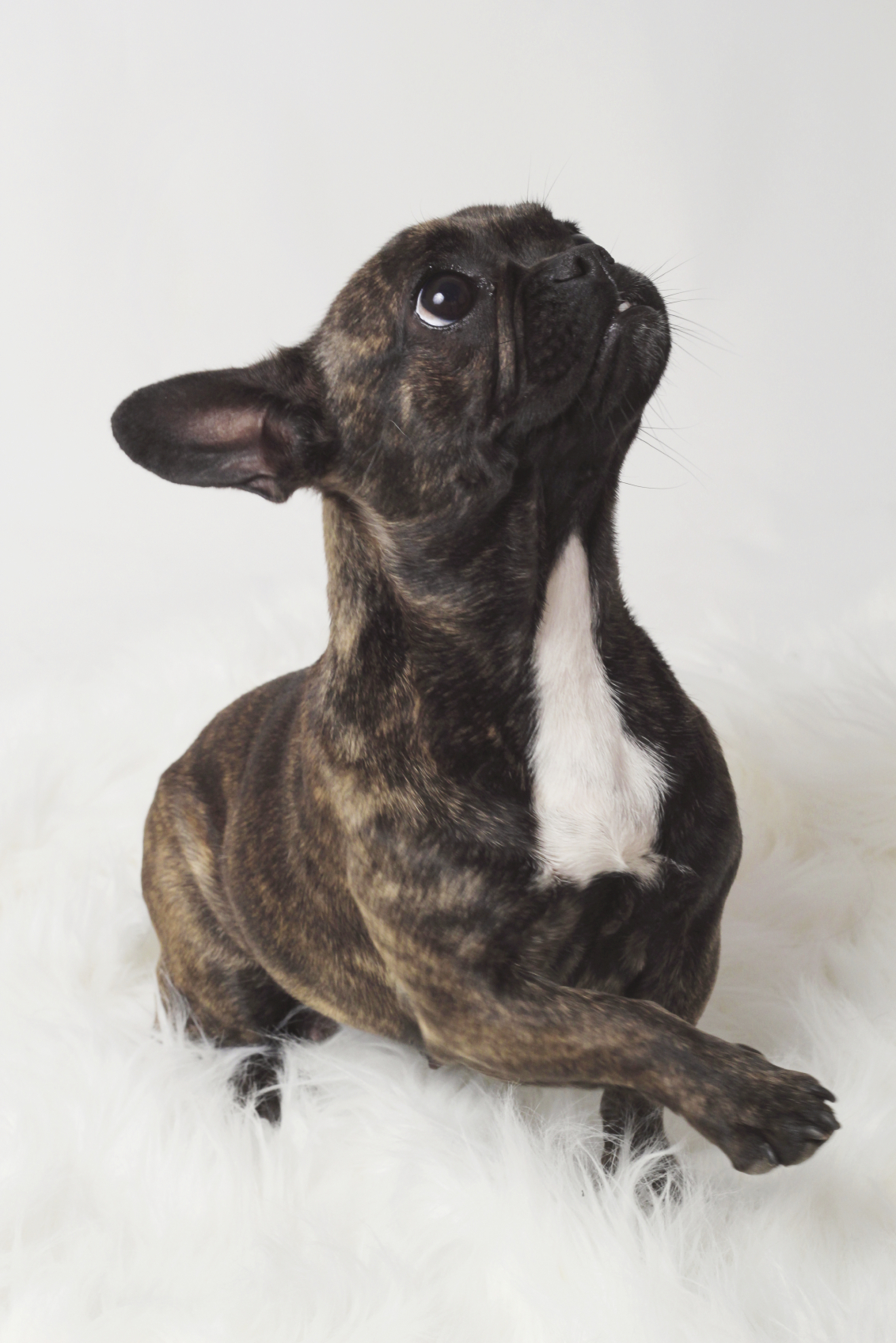

If this is also the case in cats-and Wells thinks it is-the information could help owners and animal shelters better understand and care for their animals. Wells' previous work on paw preference in dogs showed that left-pawed and ambidextrous canines are more stressed and fearful than their right-pawed counterparts.

Over a few days, I tracked my own cat's behavior (a 15-year-old female tortoiseshell-tabby mix) and discovered she had a strong right-paw preference, although she was more than happy to use her left paw to swat at her toys. The Texan was attracted to the giant rodents, which tend to die in captivity, after seeing wild ones in Venezuela. Over several days or months, you should have enough data to make a judgement if your cat has a preference (though not all cats do).Īfter her first capybara died of liver failure, Melanie Typaldos bought Garibaldi Rous. When your cat starts to walk up or down the stairs or steps into the litter box, mark in a notebook which paw the cat uses first.

(See " What Do Cats Think About Us? You May Be Surprised.") Testing your own kitty's paw preferences is easy: It's just a matter of being observant, Wells says. “He was definitely a lefty,” Wells laughs. One Maine Coon cat in the study liked to use his left paw to close doors on his owners, Wells says. Males, on the other hand, were southpaws, according to results published this month in Animal Behaviour. Nearly three-quarters of the cats had a paw preference, and females were significantly more likely to use their right paw. Importantly, Wells says, these were all spontaneous behaviors in the cats' natural environments. The tiny felines are well adapted to life in the desert. They also measured which paws the cats used when reaching through a narrow hole to retrieve food from a plastic feeder. To determine whether cats exhibit handedness, Wells observed 44 pet cats-20 of which were females-at their own homes in Northern Ireland.ĭuring their three months observing the cats, Wells and colleagues noted three behaviors: Which paw the cats used to take the initial step into their litter box, which paw they used to take the first step down a flight of stairs, and which side the animals reclined on. Scientists like Wells study handedness and paw preference to understand how these preferences may have evolved, and what brain factors may be driving it. ( Read how tarantulas may be right-handed.) Taking Sidesįor centuries, scientists have noticed that humans show a distinct preference for their right or left sides, with nearly 9 out of 10 people using their right hands for tasks like writing and brushing teeth.īeginning in the late 1970s, researchers began documenting evidence of this preference in other animals, including whales, kangaroos, primates, and even the simple roundworm Caenorhabditis elegans. The results could also provide clues about how domestic cats deal with stress: Previous research in humans has found links between left-handedness and the development of conditions like schizophrenia. "We think this difference is linked to sex hormones," says lead author Deborah Wells, a psychologist at Queen's University Belfast, although she says researchers still don't know how or why this happens. This mirrors what's seen in people, as men are more often left-handed than women. ( Read surprising things you never knew about your cat.) These preferences also differ by sex-males tend to prefer their left paws, whereas females were more likely to be righties. Scientists have discovered that many pet cats show a marked preference for the right or left front paw when it comes to walking down stairs, stepping over an object, or reaching for food. Cats have the entire Internet wrapped around their furry little paws.īut which paws they use to lure us into watching endless YouTube videos and then opening their cans of food isn't entirely random, a new study says.


 0 kommentar(er)
0 kommentar(er)
